Introduction
Panda Drawing – Are you fascinated by the adorable and captivating nature of pandas? Have you ever wanted to bring these gentle creatures to life on paper? Welcome to the ultimate panda drawing tutorial, where we will embark on an artistic journey from the initial sketch to a mesmerizing masterpiece. Whether you’re just starting your artistic voyage or an adept creator, this comprehensive step-by-step guide is here to empower you in crafting awe-inspiring panda drawings. So, let’s grab our pencils and embark on this artistic journey!
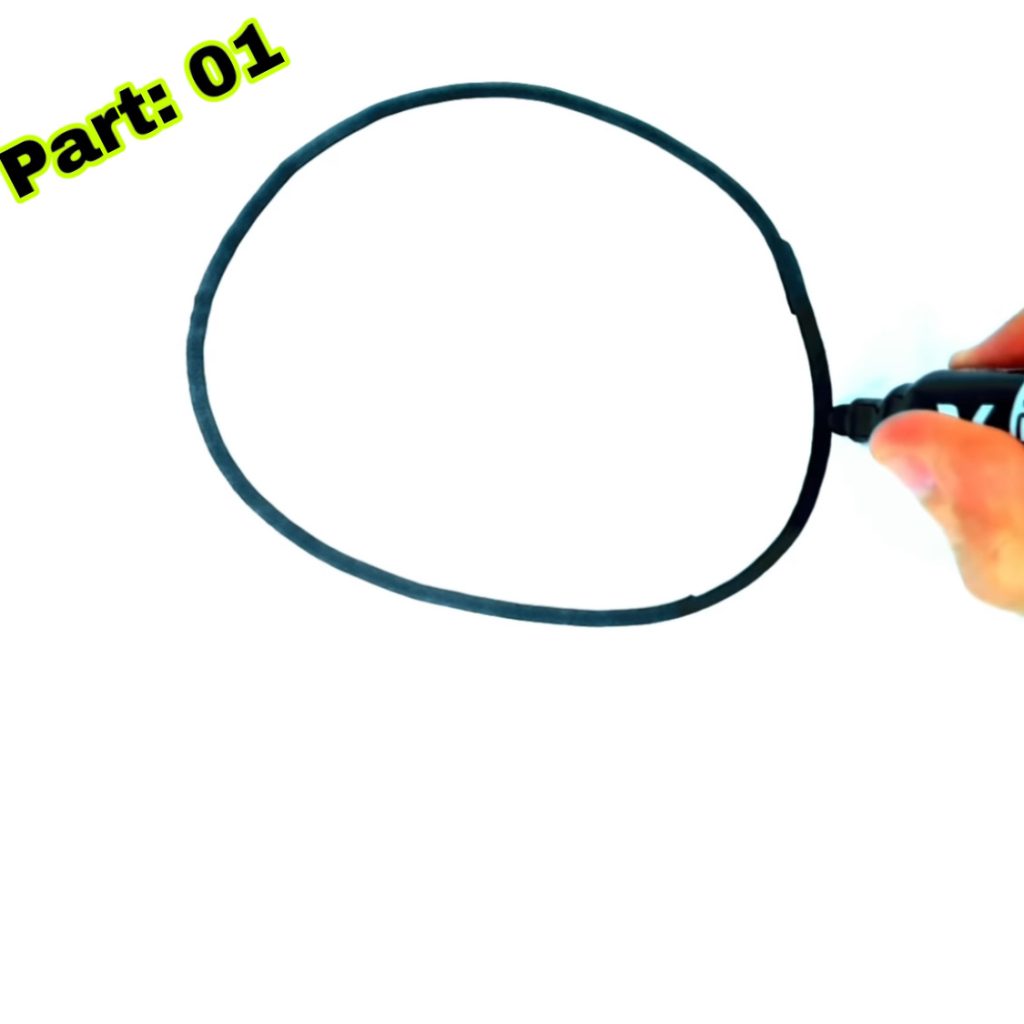
Materials Needed
Before we begin, let’s gather the necessary materials for our panda drawing:
- Drawing paper or sketchbook
- Pencils (HB, 2B, 4B)
- Eraser
- Charcoal (optional)
- Blending stump or cotton swabs
- Black and white colored pencils or markers
- Ruler (for proportions)
- Reference images of pandas
Now you have your materials ready, let’s dive into the world of panda drawing!
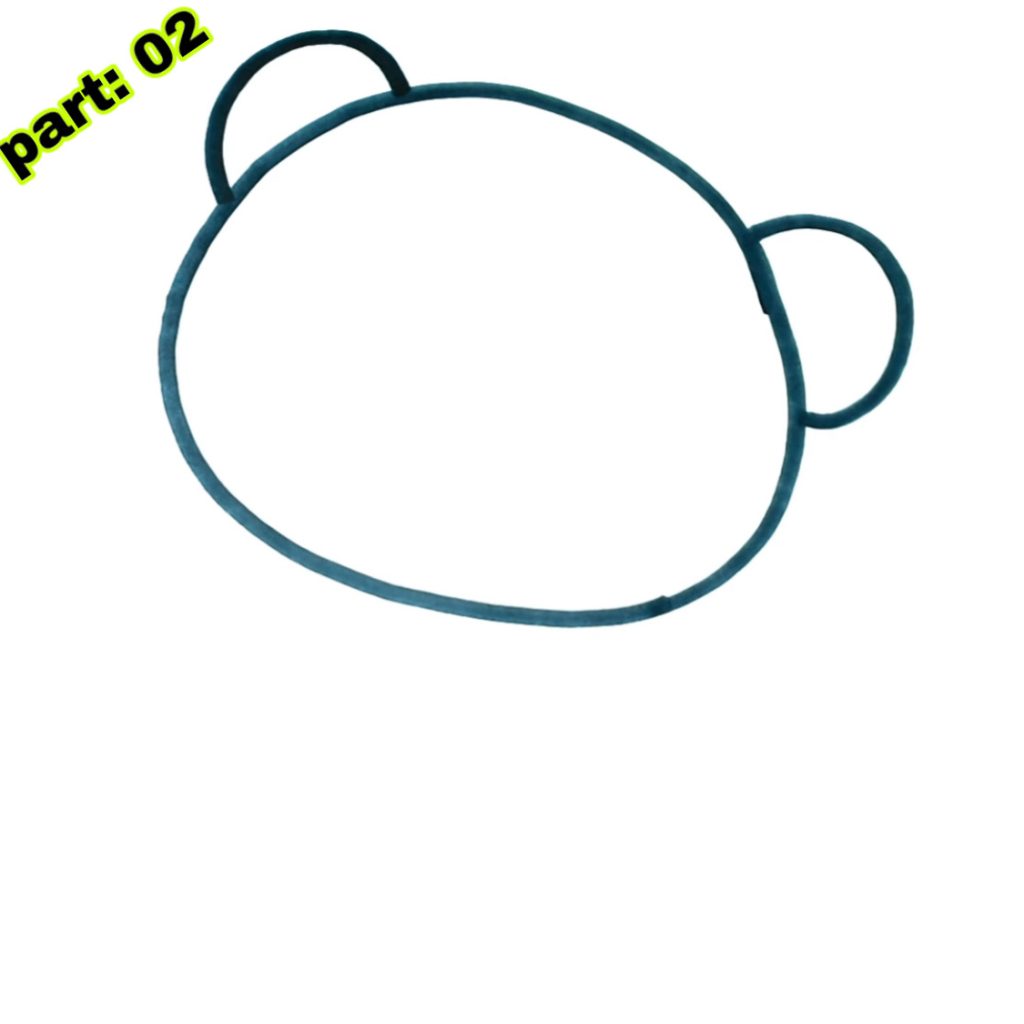
Basic Sketching Techniques
In order to lay a sturdy groundwork for your panda illustration, it is imperative to acquire proficiency in fundamental sketching methods. These techniques will help you establish the overall shape and structure of your panda.
Light Sketch: Start with a light sketch using an HB pencil. Use loose and light strokes to outline the basic shapes of the panda’s body, head, and limbs.
Proportions and Symmetry: Pay attention to the proportions and symmetry of your sketch. Use a ruler to ensure the correct placement of features like eyes, ears, and limbs.
Contour Lines: Add contour lines to define the panda’s body and create depth. These lines will guide you as you add details later.
Detailing the Panda: As your basic sketch takes shape, the opportune moment arrives to delve deeper into the intricate nuances, bestowing upon your panda a tapestry of exquisite details that breathe life into its very essence.
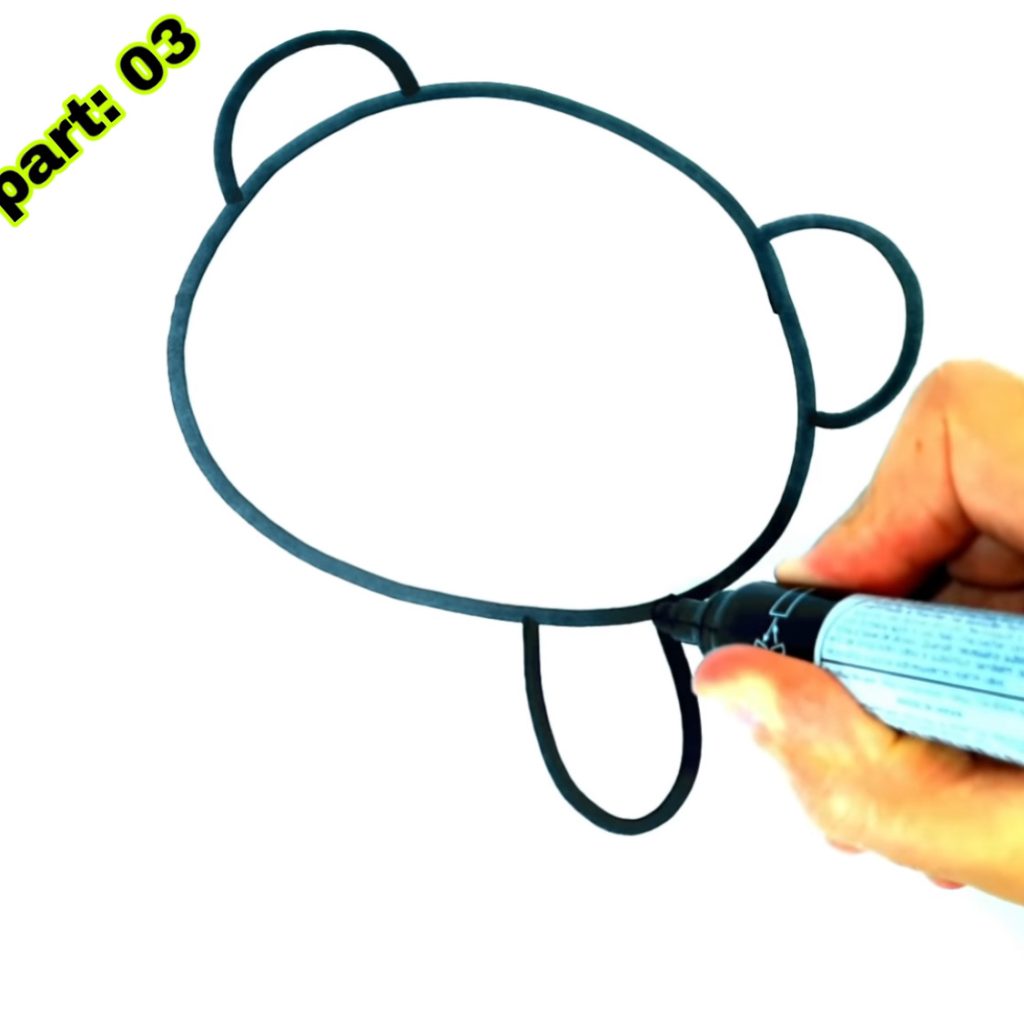
Drawing the Face: Since the countenance holds the utmost expressiveness in a panda, it becomes paramount to seize its distinctive attributes.
Eyes: Draw the panda’s eyes using large, round shapes. Add a highlight in each eye to create a lifelike effect.
Nose: Depict the panda’s nose with a small oval shape, slightly off-center.
Mouth: Draw a small, curved line for the mouth. Add a hint of a smile to give your panda a friendly expression.
Adding Fur Texture: Pandas are known for their beautiful fur. To make your drawing realistic, it’s important to depict the fur texture.
Short Strokes: Use short, overlapping strokes to mimic the panda’s fluffy fur. Vary the pressure to create depth and volume.
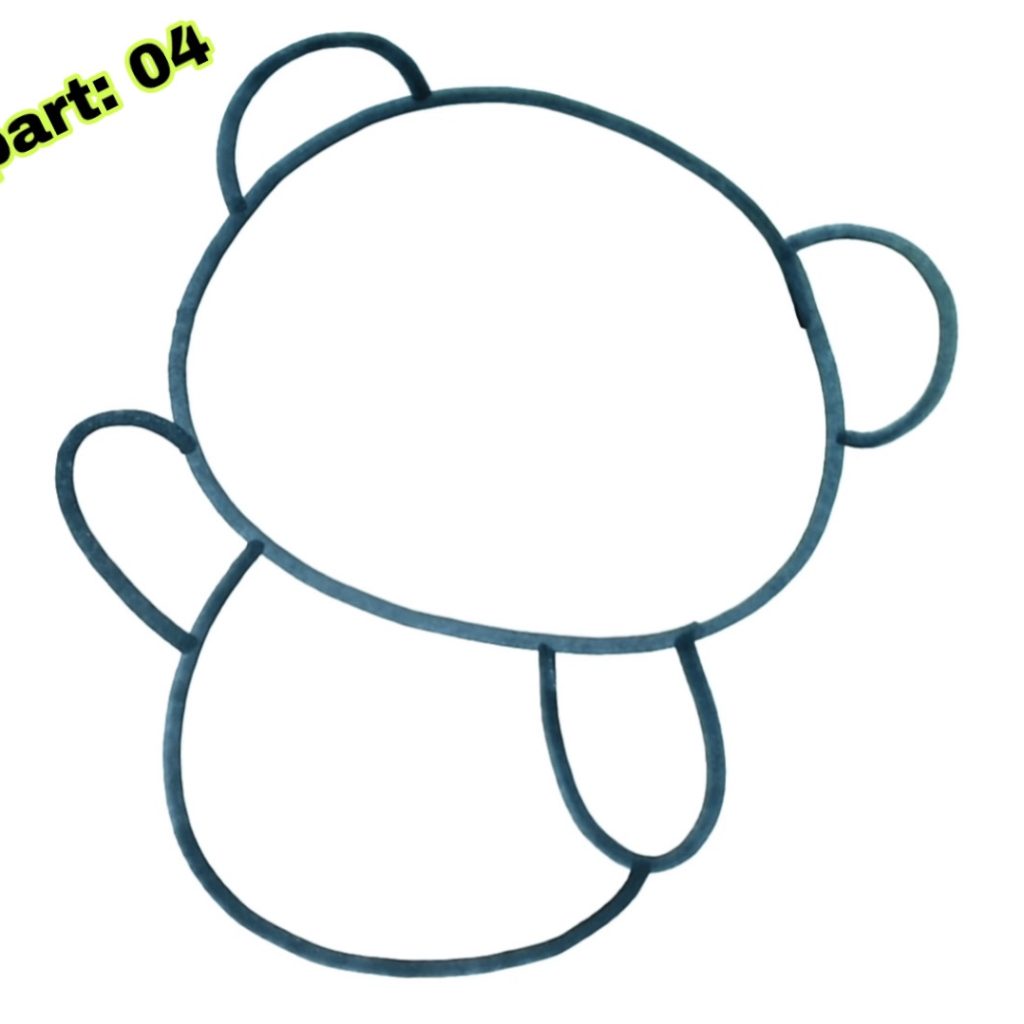
Direction: Follow the natural direction of fur growth. Typically, it radiates outward from the panda’s center.
Coloring the Panda: Now that we have our panda sketched and detailed, it’s time to add color. Although pandas are black and white, adding subtle hints of color can enhance the overall visual impact of your drawing.
Shades of Black and White: Pandas may appear black and white at first glance, but they possess various shades within these colors.
Shadow Areas: Use a darker shade of gray or black to add depth to the shadowed areas of the panda’s body.
Highlights: Leave some areas white or use a lighter shade of gray to represent the highlighted areas where light hits the fur.
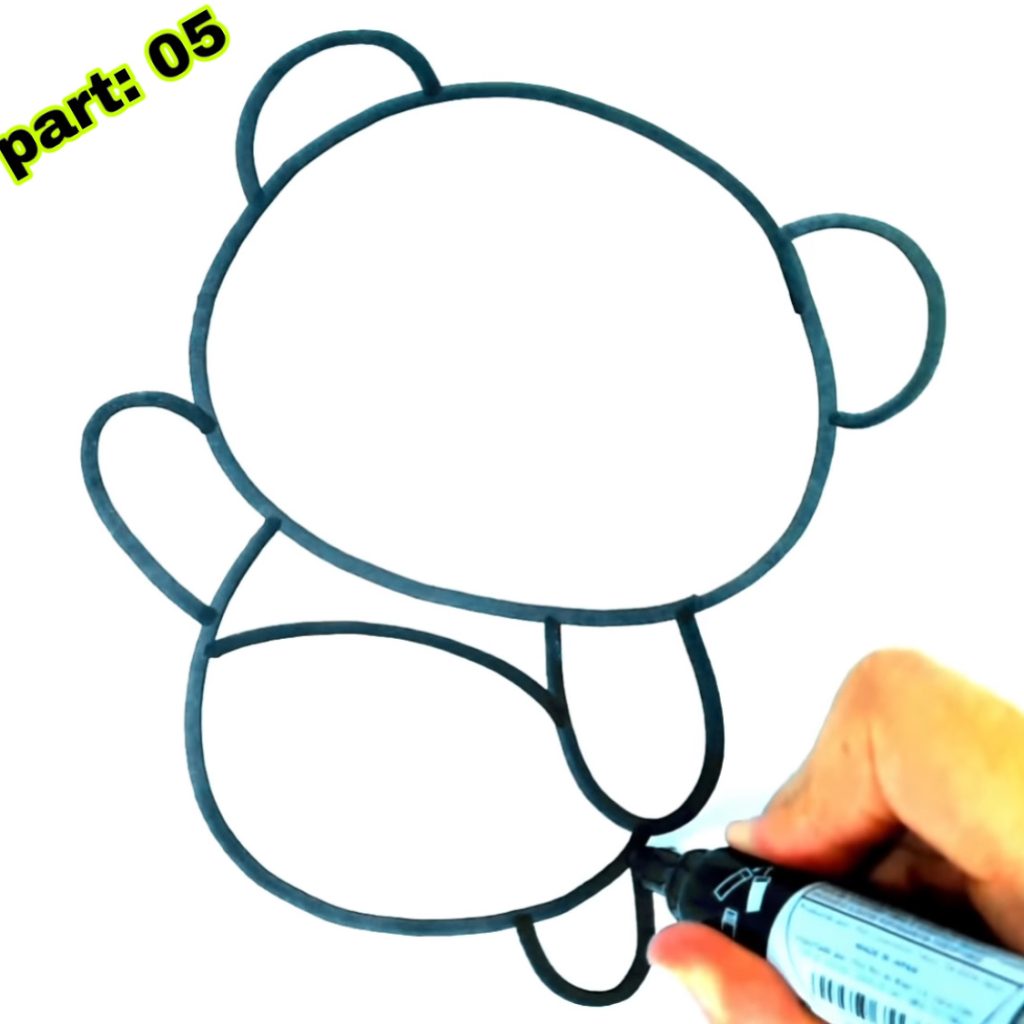
Adding Colors to the Black and White Palette
To create a unique touch to your panda drawing, consider incorporating additional colors.
- Eyes and Nose: Use shades of gray or black for the eyes and nose. Infuse a hint of pristine white to amplify their prominence.
- Background: Experiment with subtle colors like pale greens or blues to create an engaging backdrop for your panda.
Shading and Highlights
Shading and highlights play a vital role in adding depth and dimension to your drawing.
- Light and Shadow: Observe the light source in your reference image. Shade the areas away from the light source, and add highlights to the areas directly hit by light.
- Blending: Use a blending stump or cotton swabs to blend the shades smoothly, creating a seamless transition between light and dark areas.
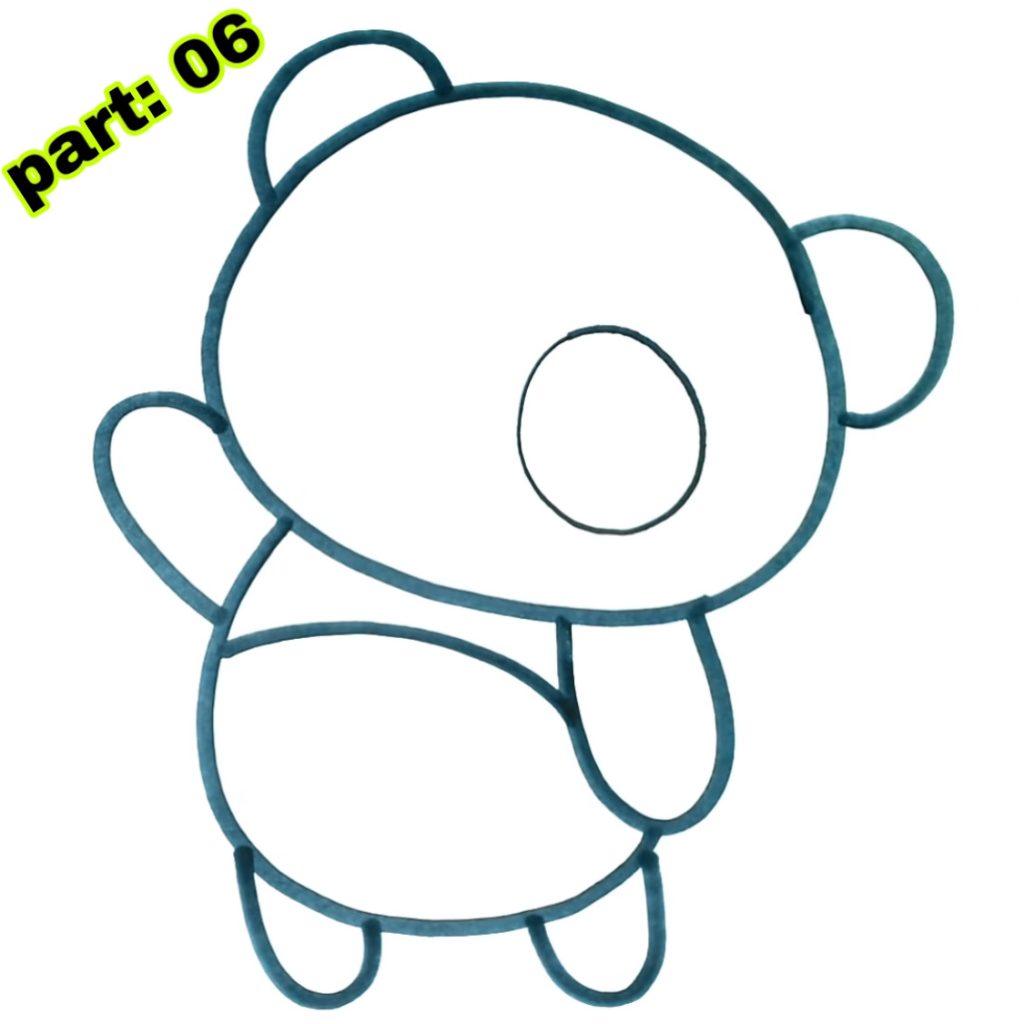
Creating Backgrounds
A well-designed background can elevate your panda drawing and provide context to the artwork.
Illustrating Bamboo Forests
Pandas are often associated with bamboo forests. Here’s how you can create a bamboo background:
- Vertical Stalks: Draw tall, thin stalks of bamboo using light, vertical lines.
- Leaves: Add small leaf clusters on the stalks using short, curved lines.
Adding a Natural Feel
To create a more natural atmosphere, consider incorporating elements like rocks, trees, or a gentle stream into your background.
Inspiration and Reference Images
Finding inspiration and using reference images can greatly enhance your drawing process.
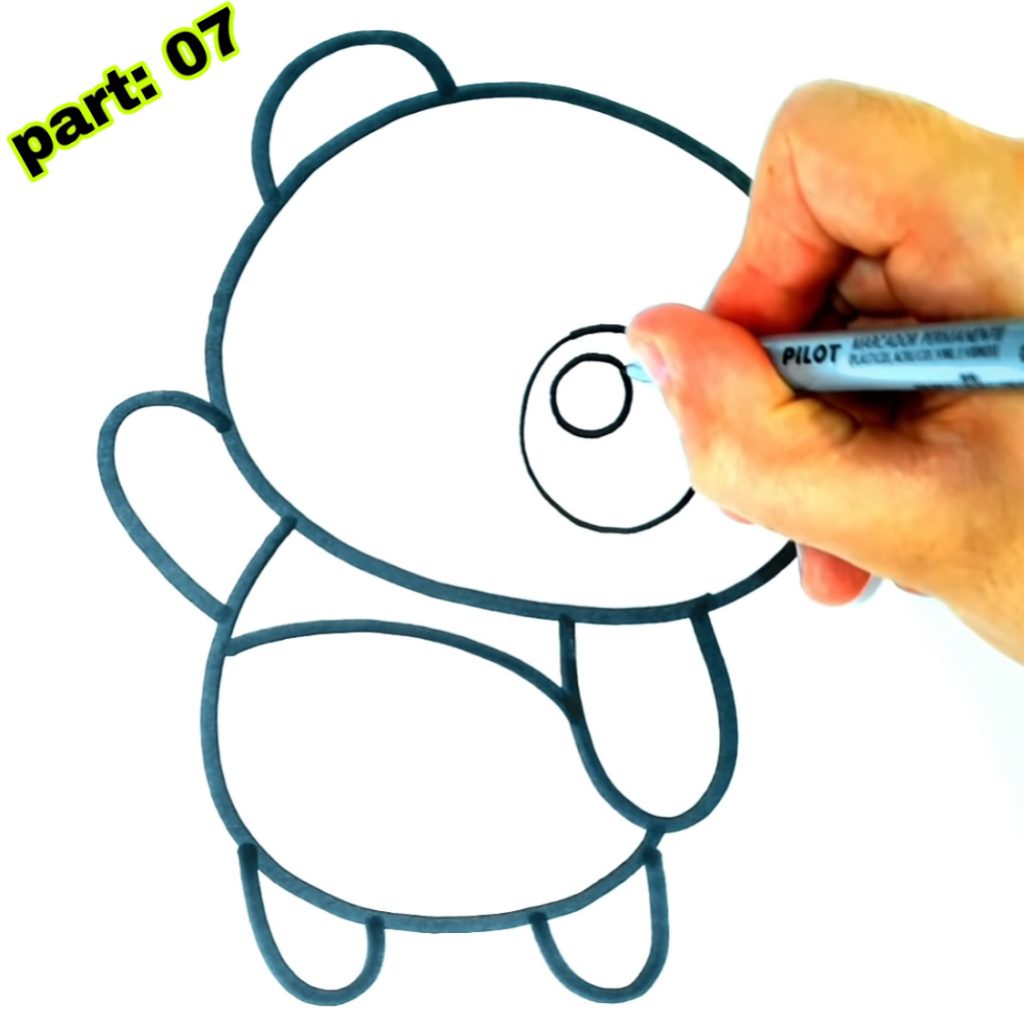
Tips on Finding Inspiration
- Nature: Spend time observing pandas in their natural habitat or watch documentaries featuring these magnificent creatures.
- Artworks: Explore the works of other artists who specialize in drawing pandas for inspiration and unique artistic styles.
Where to Find Reference Images
- Online Resources: Browse through websites that provide high-quality reference images of pandas, such as wildlife photography websites or art communities.
- Books and Magazines: Embark on a captivating quest by exploring your neighborhood library or bookstore, where you can uncover hidden treasures in the form of books or magazines adorned with captivating panda portraits and captivating glimpses of wildlife through photography.

Common Mistakes to Avoid
Even experienced artists make mistakes. Prepare yourself with a collection of cautionary insights to steer clear of and sidestep these frequently encountered missteps:
Tips & Tricks on Avoiding Common Mistakes
- Overworking: Avoid overworking your drawing by constantly erasing and redrawing. Embrace imperfections and learn from them.
- Proportions: Direct your focus towards the harmonious proportions of the panda’s anatomical elements, with particular emphasis on the head, limbs, and ears. Refer to your reference image and use a ruler if needed.
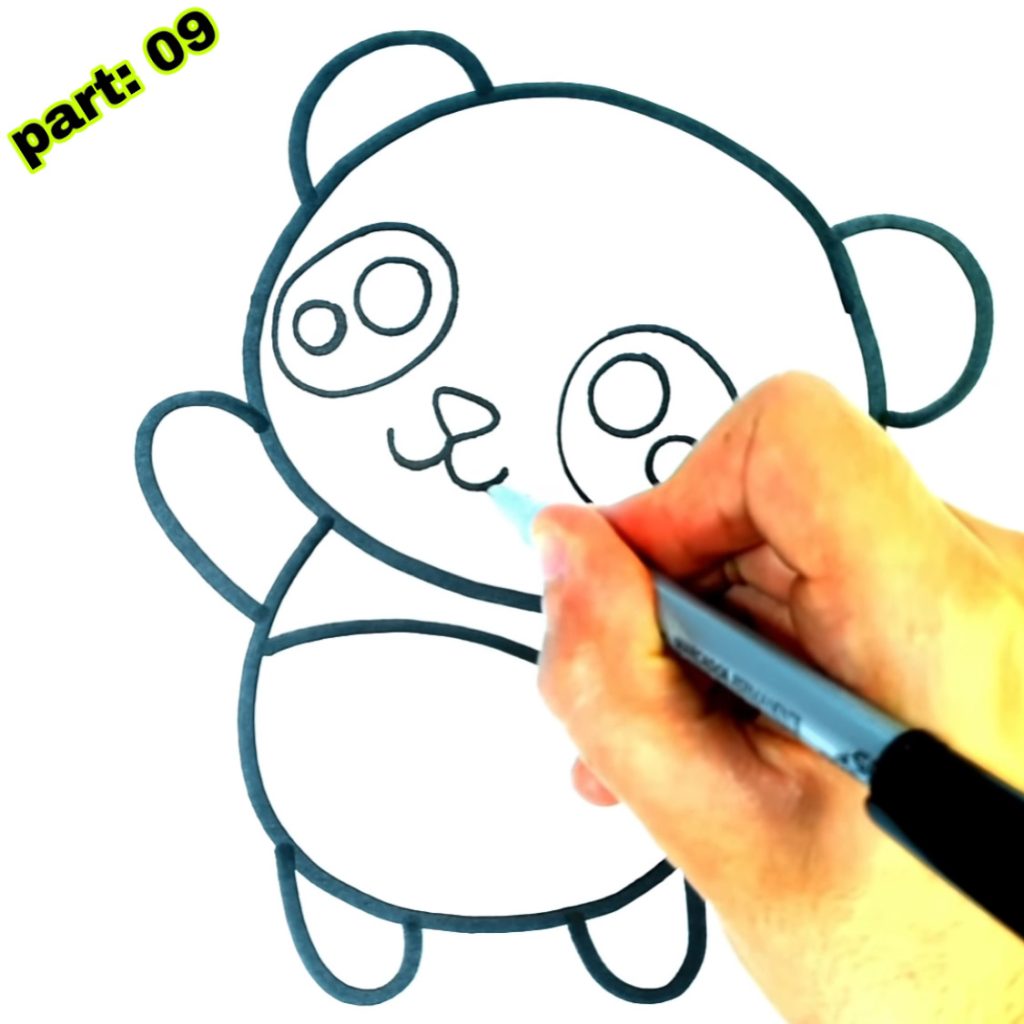
Examples of Mistakes to Avoid
- Misaligned Features: Harmonize the alignment of the eyes, nose, and mouth, ensuring their perfect accord and synchrony. A small misplacement can significantly impact the overall look of your panda.
- Flat Fur: Avoid creating flat fur texture. Use varied strokes and shades to add depth and dimension to the panda’s fur.
Advanced Techniques
Once you have mastered the basics, you can explore advanced techniques to further enhance your panda drawing.
Adding a Splash of Color
Consider adding a vibrant splash of color to certain elements of your panda drawing, such as the eyes or background elements. This technique can make your artwork visually striking.
Using Contrasting Colors
Experiment with using contrasting colors for highlights or small details. This technique can create visual interest and draw attention to specific areas of your drawing.
Alternative Techniques
Apart from traditional pencil drawings, you can explore alternative techniques to create unique panda artworks.
Using Watercolors
Watercolors can add a soft and ethereal touch to your panda drawing. Experiment with different washes and techniques to achieve the desired effect.
Adding Other Textures
Incorporate different textures into your artwork, such as using collage techniques or adding fabric, to create a mixed-media panda drawing.
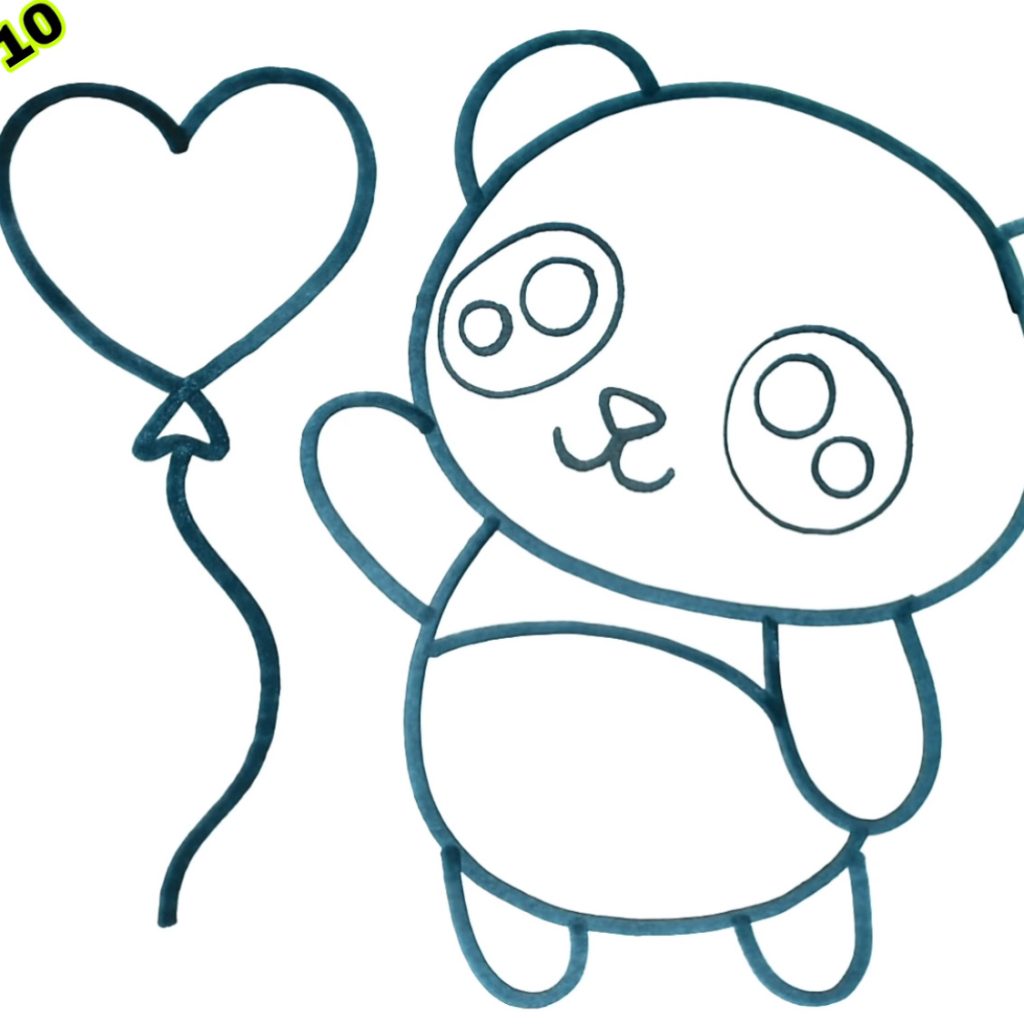
Tips for Digital Art
If you prefer digital art, here are some tips to create a polished panda drawing using digital tools:
- Digital Software: Familiarize yourself with digital art software such as Adobe Photoshop, Procreate, or Corel Painter. Look for the different brushes and tools available.
- Layers: Utilize layers to separate different elements of your drawing. This allows for easier editing and adjustments.
Showcasing Your Work
Once your panda artwork reaches its final form, it unveils a splendid opportunity to unveil your artistic prowess and disseminate its charm across the globe.

Social Media Platforms
Unleash the captivating essence of your artwork onto the digital canvas of social media platforms such as Instagram, Facebook, or Twitter, and witness its vibrant presence resonate far and wide. Engage with the art community and receive feedback and support from fellow artists and enthusiasts.
Entering Art Contests
Consider participating in art contests and exhibitions. This provides an opportunity to gain recognition for your skills and potentially win prizes.
Bonus:
You may check out our most helpful article about how you can help your child to do extremely well in drawing https://bloggchain.com/hibiscus-flower-drawing-techniques-in-2023/
Overcoming Creative Blocks
Artistic blocks can happen to anyone. Here are some tips & tricks to overcome them:
Tips on Overcoming Artist Block
- Take Breaks: Step away from your drawing and engage in other activities that inspire you. Sometimes, a fresh perspective can help overcome creative blocks.
- Experiment: Try new techniques or mediums that you haven’t explored before. This can reignite your creativity and spark new ideas.
Finding Your Own Style
Developing a unique artistic style takes time and experimentation. Embrace your individuality and allow your style to evolve naturally.
Anatomy of a Panda
Understanding panda anatomy can greatly improve the accuracy and realism of your drawings.

Tips on Using Anatomy to Improve Your Panda Drawings
- Proportions: Study the proportions of a panda’s body, including the size and placement of its head, limbs, and ears. Use this knowledge to create more realistic and lifelike drawings.
- Muscle Structure: Familiarize yourself with the basic muscle structure of a panda. This will help you add depth and volume to your drawings.
Famous Panda Characters and Artists
Pandas have captured the hearts of many, leading to their representation in various forms of media and the work of talented artists.
Famous Panda Characters
Po (Kung Fu Panda): The lovable and clumsy panda from the animated film series “Kung Fu Panda.”
Step into the enchanting domain of manga, where the mischievous aura of Chi-Chi, a panda character brimming with whimsy, gracefully emerges from the intricate tapestry of creativity woven by the revered maestro of this art form, Osamu Tezuka.
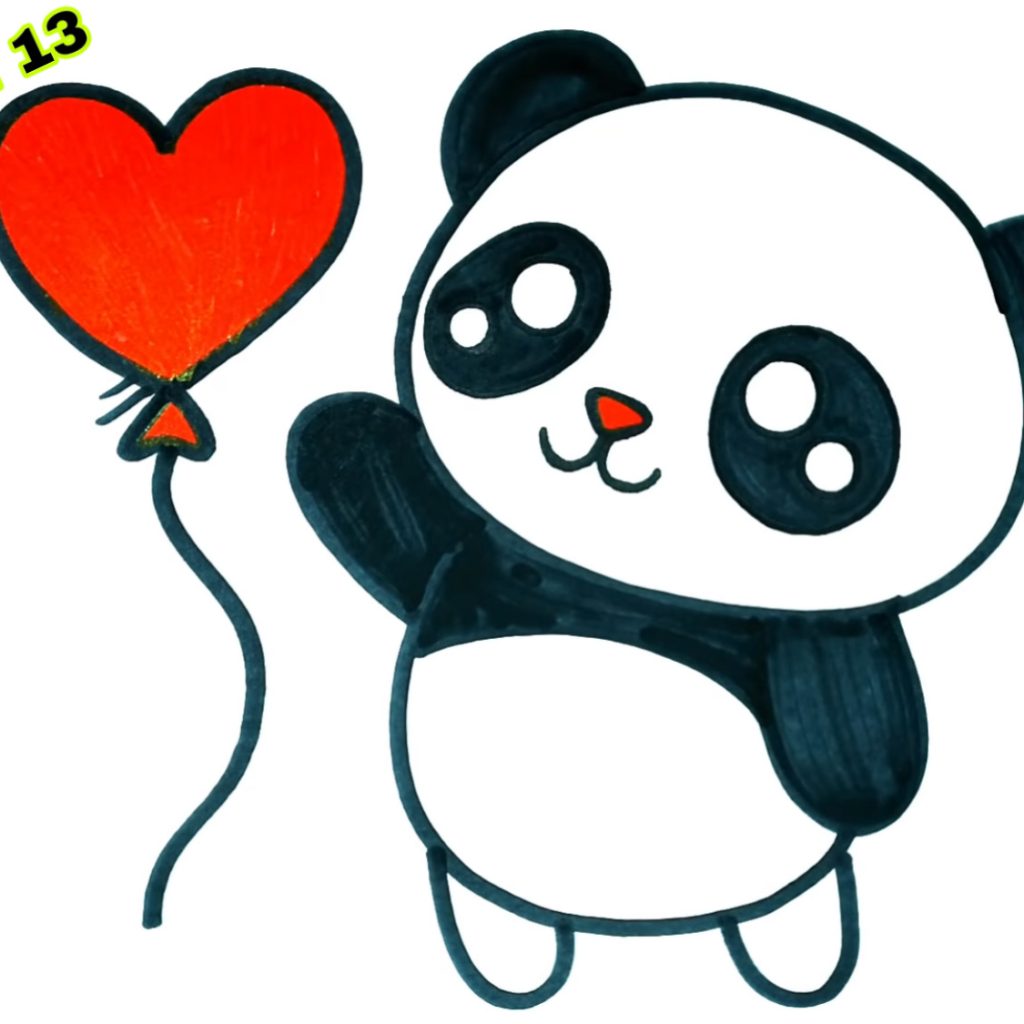
Artists Who Specialize in Panda Art
- David Shepherd: Known for his stunning wildlife paintings, David Shepherd has painted pandas in their natural habitat, capturing their grace and beauty.
- Sophie Corrigan: A contemporary artist known for her adorable and whimsical panda illustrations.
Getting Professional Help and Feedback
- Embark upon a transformative journey with your panda illustrations by venturing into the realm of professional guidance and constructive feedback, unlocking new realms of artistic growth.
- Hiring a Professional to Help with Your Artwork.
- Enlist the assistance of an art teacher, mentor, or professional artist who specializes in wildlife or panda art. They can provide guidance and personalized feedback to help you improve your skills.
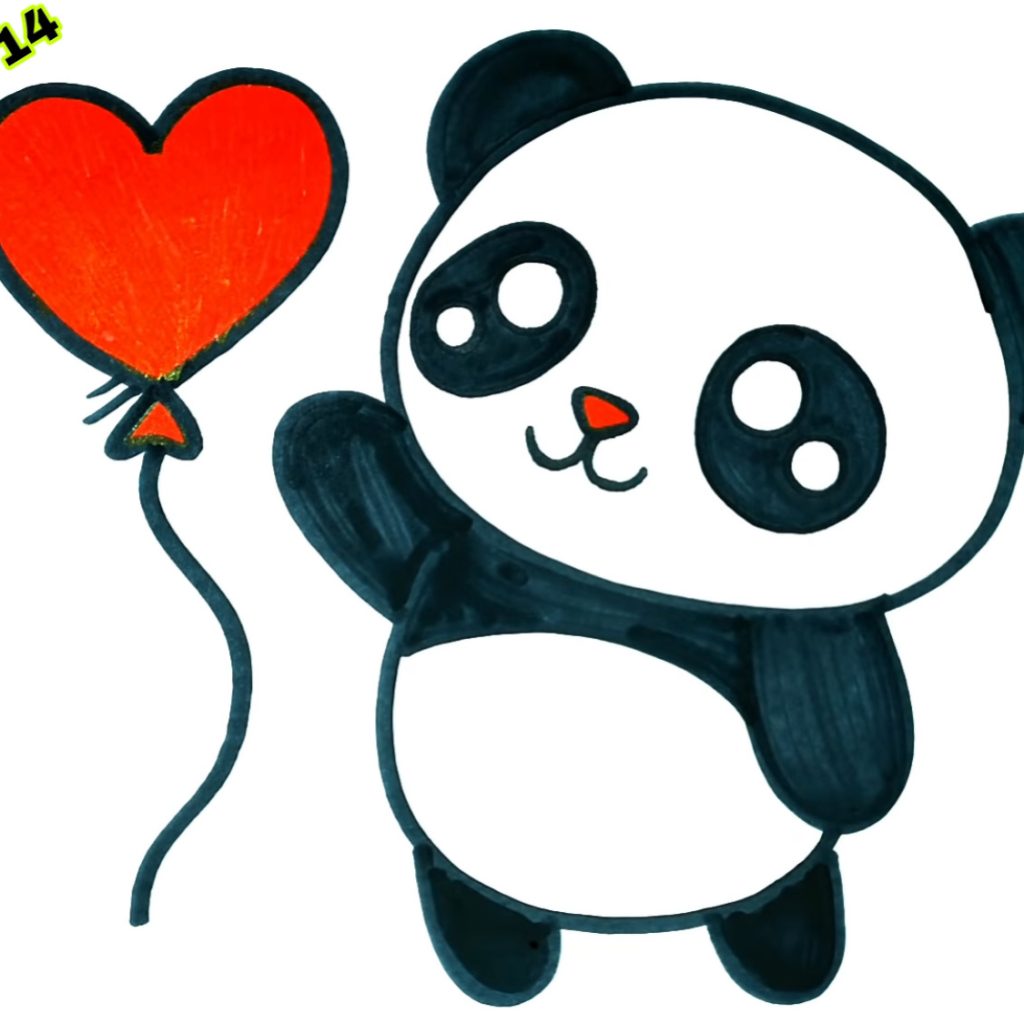
Seeking Feedback from Art Communities
Immerse yourself in the vibrant tapestry of art communities, online forums, or local art collectives, where the enchanting exchange of creativity unfolds. Within these nurturing havens, you can generously share your artwork, embracing a symphony of perspectives and invaluable feedback from kindred artists who traverse the same artistic path. This interaction can inspire growth and improvement.
Final Touches and Tips
Before you conclude your panda drawing, add the final touches and consider the presentation of your artwork.
Adding Final Touches
Review your drawing and make any necessary adjustments. Add final details, textures, and highlights to make your panda come alive.
Tips on Presenting and Framing Your Artwork
Consider framing your panda drawing to protect and showcase it. Carefully select a frame that harmonizes flawlessly with the essence of your artwork, and proudly exhibit it within an illuminated sanctuary where its brilliance can be cherished by all who behold it.
Gift:
Claim our premium worksheet practice book For Free (Only for you) :
Conclusion
Congratulations on completing the panda drawing tutorial! May this meticulously crafted guide, unfurling in a sequence of transformative steps, serve as a catalyst in unleashing the dormant embers of your creativity, nurturing the growth of your artistic prowess as you master the art of capturing the magnificence of these enchanting creatures. Remember, practice is key to mastering any art form, so continue to explore, experiment, and enjoy the process. With dedication and passion, you can transform your sketches into panda masterpieces.
Encouragement to continue practicing: Keep honing your skills, embrace your unique style, and let your love for pandas shine through your artwork. As your strokes dance upon the canvas, a mesmerizing transformation awaits, for with each devoted act of drawing, your artistic voyage surges forward, propelling you ever closer to the realm of crafting resplendent panda illustrations that effortlessly ensnare the senses.
FAQs
What materials are needed to draw a panda?
To draw a panda, you will need drawing paper or a sketchbook, pencils (HB, 2B, 4B), an eraser, charcoal (optional), a blending stump or cotton swabs, black and white colored pencils or markers, a ruler, and reference images of pandas.
How long does it take to become proficient at drawing pandas?
Becoming proficient at drawing pandas, like any skill, takes time and practice. The duration varies depending on individual dedication and frequency of practice. With consistent effort, you can see improvement over weeks and months.
Can I draw pandas digitally?
Yes, you can draw pandas digitally using various digital art software such as Adobe Photoshop, Procreate, or Corel Painter. Within the digital realm, a treasure trove of artistic implements awaits, presenting an expansive array of brushes and tools, poised to empower your creative journey as you breathe life into captivating digital masterpieces.
How can I prevent smudging while drawing with charcoal?
To prevent smudging while using charcoal, you can place a sheet of paper under your hand as you draw to minimize contact with the drawing surface. Additionally, you can use a fixative spray to set the charcoal and reduce smudging.
What are the best ways to share your panda artwork with others?
Embark upon a voyage of artistic expression by unveiling your panda artwork across the vast digital canvas of social media platforms such as Instagram, Facebook, or Twitter, harnessing their captivating power to illuminate your talent and forge connections with kindred art aficionados. Further elevate your artistic odyssey by engaging in spirited art contests and exhibitions, where the seeds of recognition and exposure find fertile ground to bloom and flourish.
Sponsored by:
Check out the best and most affordable digital marketing services that can take your business to the next level. If you want a build a Blogging Business, Please contact them; They Basically provide from-scratch-to-finish services https://elonmusktrillion.com/



